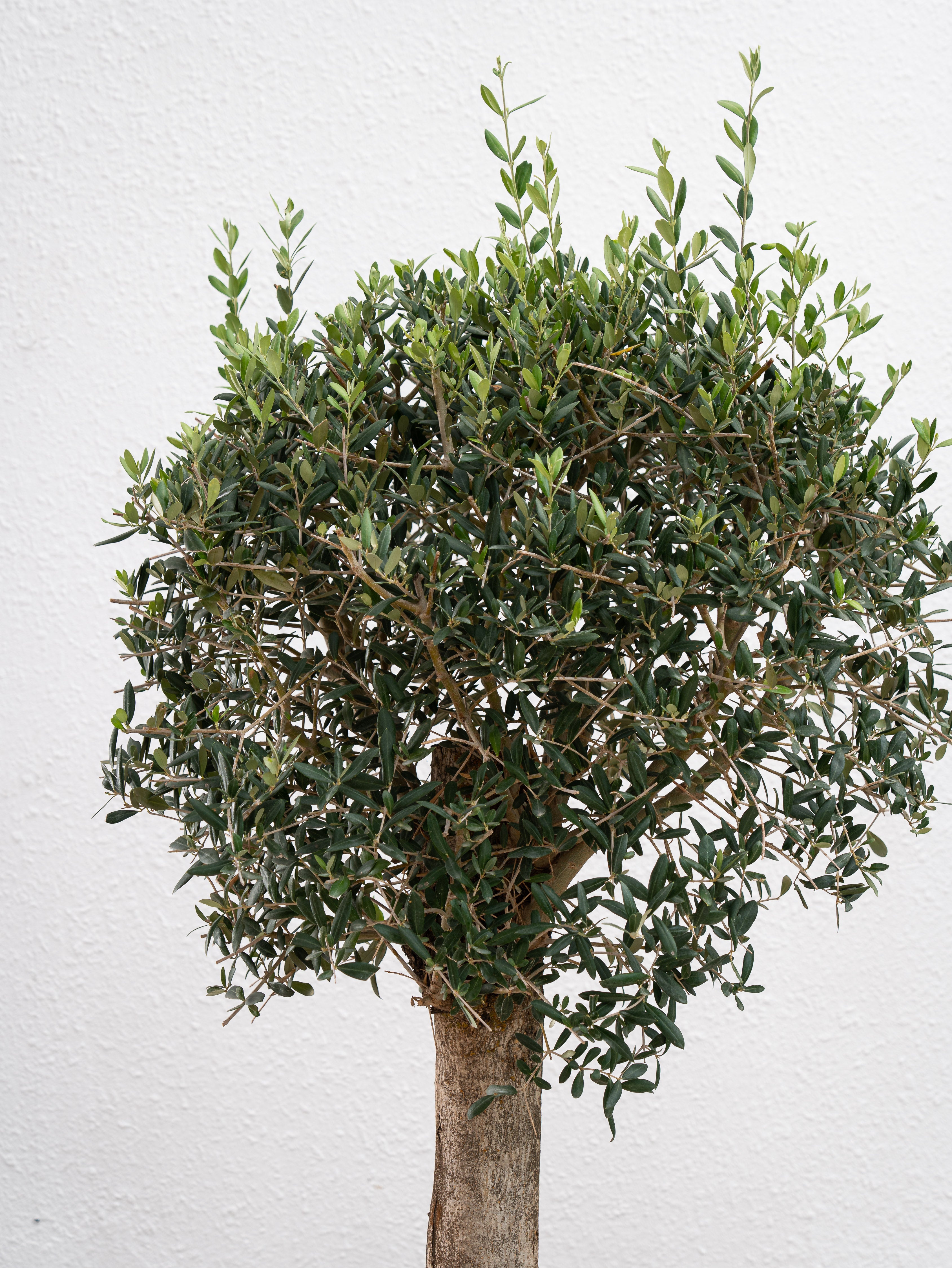Indoor plants bring life and vibrancy to our homes, but winter can be a challenging season for them. Many plant owners notice their beloved greenery dropping leaves during the colder months, leading to frustration and concern. While this might seem alarming, it’s often a natural response to environmental changes. Understanding why this happens and how to address it can help keep your indoor plants, like snake plants, spider plants, money plants, aloe vera, and peace lilies, healthy and thriving throughout winter.
Why Do Indoor Plants Drop Leaves in Winter?

Several factors contribute to leaf drop in indoor plants during winter. Let’s explore the common reasons:
1. Changes in Light Levels
- During winter, shorter days and reduced sunlight make it harder for plants to photosynthesize effectively.
- Plants like peace lilies, which thrive in bright, indirect light, may struggle with the reduced light, leading to leaf drop.
Solution:
Place your plants near a bright window or supplement natural light with grow lights to mimic sunlight.
2. Overwatering
- Many indoor plants, including money plants and aloe vera, require less water in winter due to slower growth.
- Overwatering can lead to waterlogged soil, root rot, and eventually, leaf drop.
Solution:
Allow the top inch of soil to dry out before watering. For plants like snake plants, which prefer drier conditions, water sparingly during winter.
3. Low Humidity Levels
- Winter air tends to be dry, especially indoors, due to heating systems.
- Plants like spider plants and peace lilies, which thrive in humid conditions, are particularly sensitive to low humidity and may lose leaves as a result.
Solution:
Increase humidity around your plants by:
- Using a humidifier.
- Grouping plants together to create a microclimate.
- Placing a tray of water with pebbles near the plants.
4. Temperature Fluctuations
- Drafts from windows or doors and proximity to heaters can cause sudden temperature changes, stressing plants like money plants and aloe vera.
- Stress from inconsistent temperatures often results in yellowing leaves and eventual leaf drop.
Solution:
Keep plants in a stable environment away from cold drafts and heat sources. Aim for temperatures between 15–24°C for most indoor plants.
5. Dormancy Period
- Some plants, such as snake plants and money plants, naturally enter a dormant phase during winter. During this time, they conserve energy and may shed leaves as part of the process.
Solution:
Avoid fertilizing dormant plants and reduce watering. Let them rest and prepare for vigorous growth in spring.
Also Read- 6 Cool Tips To Keep Indoor Plants Fresh And Green In Winters
How to Prevent Leaf Drop in Winter

Understanding your plant’s specific needs is key to preventing leaf drop. Here are some actionable tips to keep your indoor plants healthy during winter:
1. Adjust Watering Schedules
- Water your plants only when necessary. For example:
- Snake plants and aloe vera require infrequent watering.
- Peace lilies and spider plants need slightly more water but still less than during summer.
2. Provide Adequate Light
- Move light-loving plants like money plants and peace lilies closer to windows.
- Consider investing in grow lights to provide sufficient light during gloomy winter days.
3. Monitor Humidity Levels
- Mist plants like spider plants and peace lilies occasionally or place them near a humidifier.
- Avoid misting snake plants and aloe vera, as they prefer drier conditions.
4. Keep a Consistent Temperature
- Place plants away from cold drafts, heaters, or fireplaces.
- Use a thermometer to ensure the temperature remains stable in your indoor spaces.
5. Prune and Clean
- Trim yellow or damaged leaves from plants like spider plants and peace lilies to direct energy toward healthy growth.
- Dust the leaves of money plants and snake plants to allow better light absorption.
Also Read- Common Indoor Plant Pests And How To Control Them Naturally
Reviving Drooping Plants

If your indoor plants are already dropping leaves, here’s how to bring them back to life:
1. Inspect the Roots:
Check for signs of root rot, especially in overwatered plants like money plants and peace lilies. Trim any rotting roots and repot in fresh soil.
2. Adjust Light and Water:
Provide consistent light and reduce watering immediately for plants like aloe vera and snake plants.
3. Boost Humidity:
For tropical plants like spider plants, increase humidity to prevent further stress.
Also Read- Creating A Winter Indoor Plant Care Schedule: Stay Organized And Prepared
Final Thoughts
Leaf drop in winter is a common issue for indoor plants, but with a little care and attention, you can minimize the impact. Understanding the specific needs of plants like snake plants, money plants, aloe vera, spider plants, and peace lilies will help you create an optimal environment for them to thrive.
By making small adjustments to light, water, and humidity levels, your plants can stay healthy and vibrant even during the colder months. Remember, patience is key—most plants will bounce back as the days grow longer and warmer.
Keep your indoor garden lush and green all year round with these winter care tips! 🌱✨













Leave a comment
This site is protected by hCaptcha and the hCaptcha Privacy Policy and Terms of Service apply.